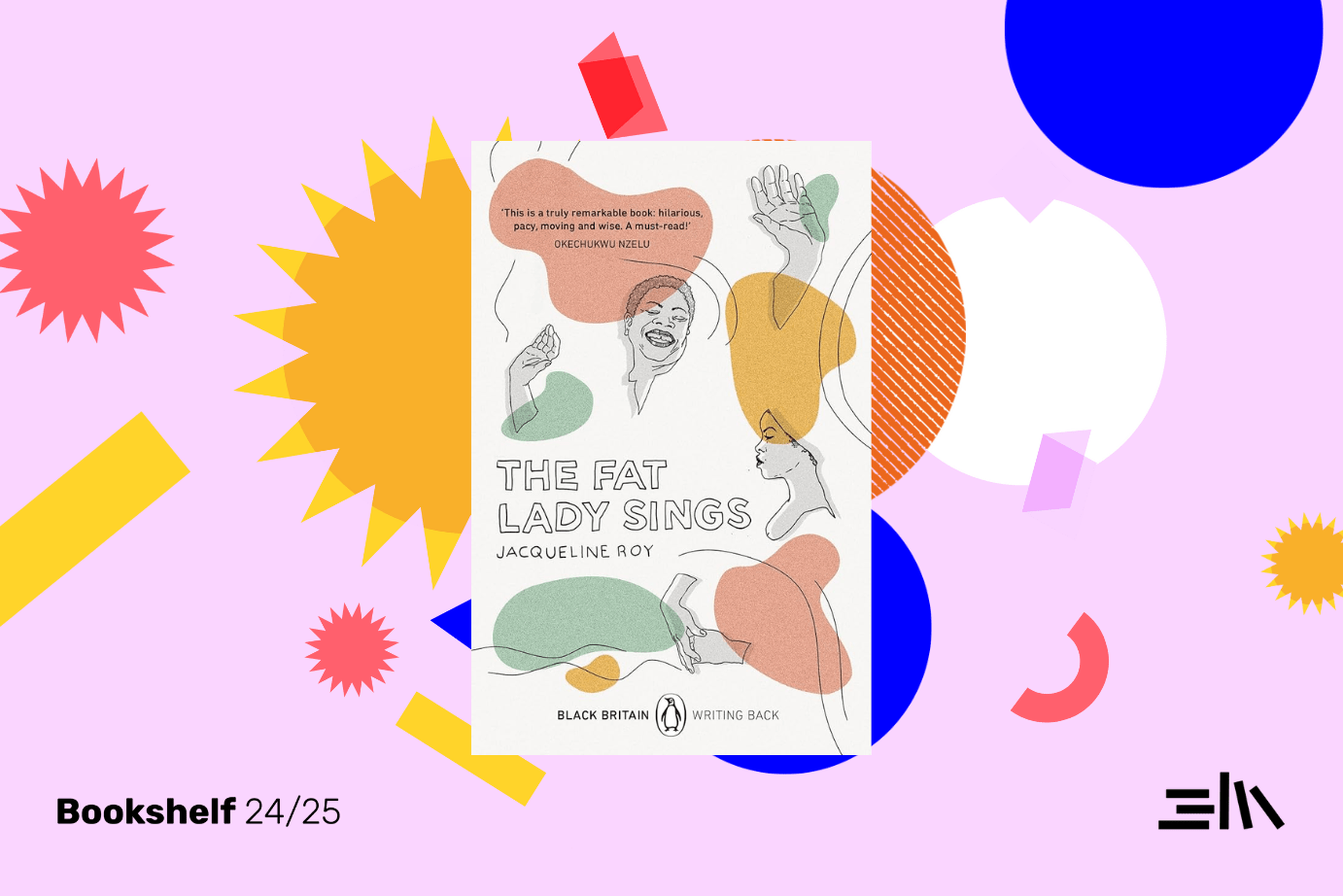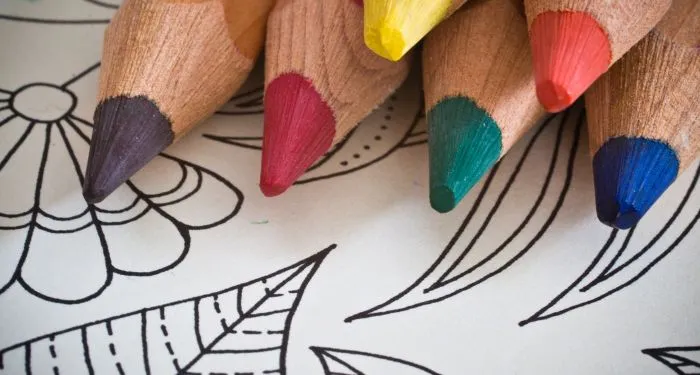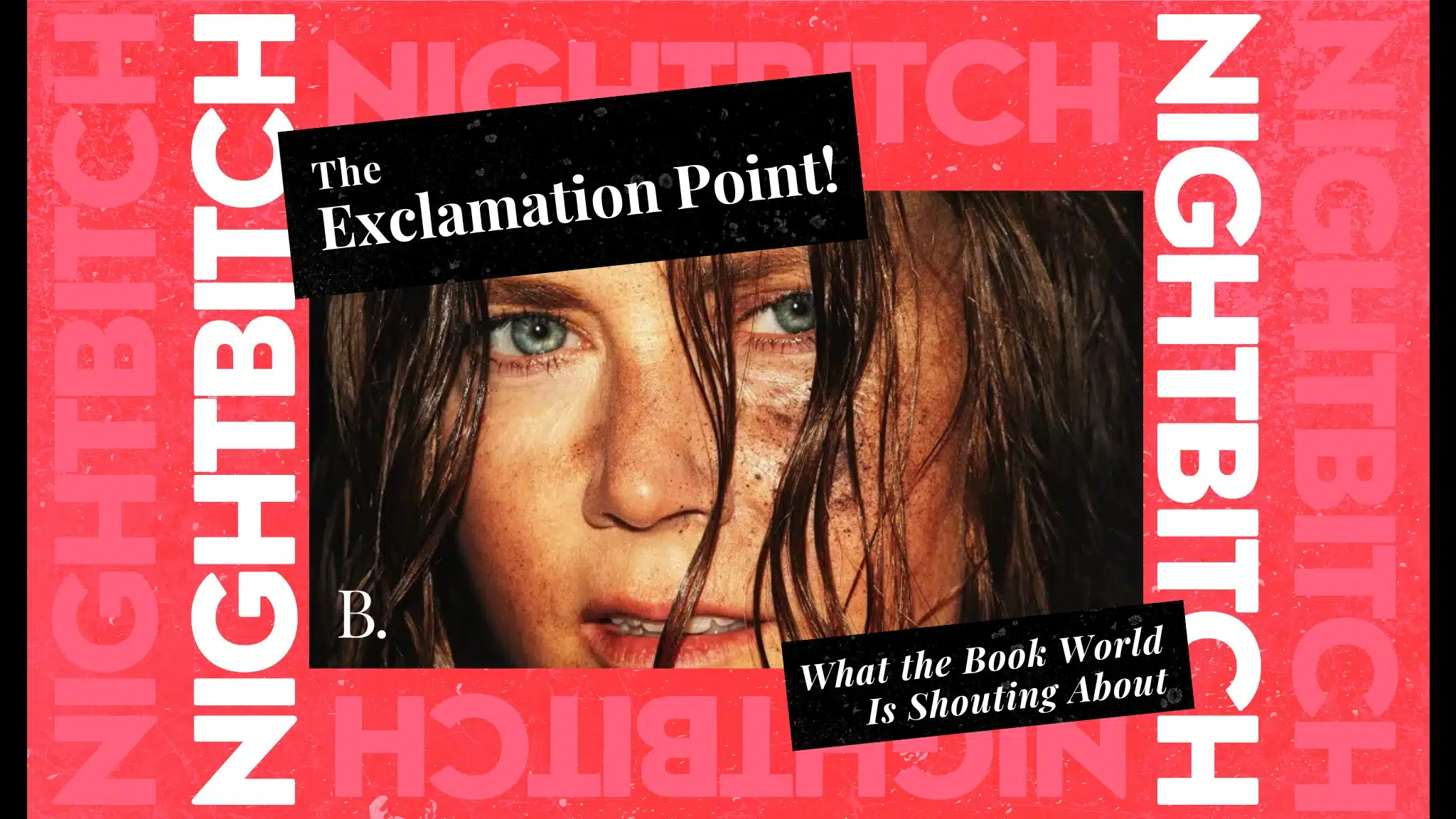The Metropolitan Museum of Art owes its extraordinary collection of Mexican prints to a single collector: the French (but also Mexican, but also American) artist and critic Jean Charlot. Born in Paris in 1898, Charlot arrived in Mexico as an up-and-coming painter in 1921. He quickly joined the muralist movement and was commissioned to paint on the walls of Mexico City’s most prestigious educational institution, the Escuela Nacional Preparatoria, in San Ildefonso, alongside Diego Rivera and José Clemente Orozco.
Charlot took a keen interest in Mexican art and popular culture. Within a year of his arrival in the country, he wrote an essay in French called “Mexico of the Poor.” In it, he described the daily life and arts of Mexico’s working classes as a kind of parallel to the classical world:
This race has the wisdom of the philosophers who walked with naked feet in a stream while abstracting ideals. Its toys have the twist of Aesop’s fables, its bodies the patina of those antique athletes of whom Lucian states that they are like sun-baked bricks…. Greek vases parade into life. Here the women bringing water from the well, there the wrestlers of Euphronios, and at all street corners or in the shade of a statue, beggars and burden-bearers squat and loiter at ease, gorged guests of an invisible banquet.1
This laconic sensibility, he wrote, forced him to change his palette. He had disembarked in Veracruz “with good chemical colors bought in France, ready to match monkeys and palms, as an explorer carries gaudy calicoes to do barter.” But soon he set them aside:
How could they stand for these, the very colors of water, earth, wood and straw? Even my up-to-date theories of art must go over-board, as I face the features of this land truly secretive and classical, whose perennial mission seems to be the apotheosis of the poor and the scandal of the impertinent.
Charlot’s invocation of ancient Greece—and, in other moments, of Rome and Egypt—should not be confused with orientalism, or with an impulse to exoticize. It was, first of all, a way of appreciating that the poor created their own rhythms and lived on their own terms. But it was also, more boldly, a way of recognizing that Mexican society, suffused with excess and suffering, was the wellspring of an economical and uncontrived art—an art that was “classical” because it was necessary. “The output of folk artists is so varied as to be unclassifiable, so cheap as to be despised, so thrust under everyone’s eyes as to become invisible,” Charlot wrote some years later. “The aesthetic instinct is perhaps the prime motive for the Mexican who has but a weak economic instinct, and it excludes any thought of art as a luxury because, for him, it is in truth a necessity. Art as the Mexican understands it pervades all activities of daily life.”
This same spirit, Charlot believed, also infused the work of the artists who became central to the “Mexican Renaissance” of the 1920s—among them Orozco, Rivera, and David Alfaro Siqueiros—who “planted their works indelibly on the walls of Mexico’s buildings…with the positive belief that they had ceased being artistic and were now artisans, companions to the carpenters and plasterers who were collaborating in the work.” Rivera himself was drawn to “Mexico of the Poor,” translating it into Spanish and, in 1925, expressing its basic idea perhaps more precisely in a text of his own. If “on the one hand, all classical art is universal, relational and complete,” he wrote, “on the other, it is intensely personal and specific with regard to its geographic, ethnic and physical conditions.”2 For Rivera, Cubism was a burst of classicism that ruptured bourgeois ornamental decadence, and so too was the movement that was flourishing then in Mexico City, with its twin sources in pre-Columbian sculpture and in the urban popular aesthetics best synthesized by the master printmaker José Guadalupe Posada (1852-1913).
It was hardly surprising that both Charlot and Rivera were drawn to graphic arts, with their distinctive place in the history of proletarian self-expression. At the turn of the twentieth century working-class readers were still just emerging in Mexico, a country with historically low rates of literacy that was also home to the hemisphere’s first printing press. The scarcity and precarity of readers among the poor meant that, in the realm of ideas, images led and argumentation followed. Graphic arts were therefore cheap, evanescent, and joined at the hip to popular taste. In a 1945 essay on Posada, whose work he championed internationally, Charlot astutely remarked on the centrality of images to the Mexican penny press: “With customers to whom reading was slow work, the picture had to state the story in terms intense enough to smoke the Indian’s penny out of his knotted kerchief.”
Mexico’s muralists understood this perfectly. So did the country’s triumphant revolutionaries, who invited a generation of young vanguardist artists to refigure the socially combative pedagogy of the penny press and transpose its messages onto the Mexican state’s most iconic buildings: the Ministry of Education, the National Palace, the National University. Once they had painted those hallowed premises, the muralists were inevitably sacralized, for good and (perhaps mainly) for ill. Inevitably, the imagery they had inscribed on the nation’s inalienable possessions circled right back to the ephemera of the printed page in a kind of feedback loop between the public sphere and the revolutionary state. In this sense graphic art was both the inspiration and the ultimate destiny of Mexican modernism: it was printmakers and illustrators who enduringly blurred the boundary between art and the world of the working poor.
*
Such vitality—driven by the interplay between artistry and the everyday—is everywhere on display in “Mexican Prints at the Vanguard,” the Met’s selection of its remarkable collection. Each of the over 130 prints here was engraved by an artist who was taking a risk, burin in hand, frequently aware that he (or, only rarely, she) was creating an ephemeral object: a poster to be plastered on city walls, a broadsheet with the lyrics of a new corrido, a devotional image for a domestic altar or catechism, the masthead of a communist gazette, or an illustration in a children’s book.
When he moved from Mexico to New York City, in 1928, Charlot sought out and befriended the Met curators William Ivins and Alice Newlin and donated numerous prints that he had collected from Mexico’s graphic artists. Years later, when he returned to Mexico for a two-year stint just after World War II, he made acquisitions for the museum directly, amassing a collection that covers almost two centuries of work by artists from a wide range of social positions. The current show stretches back to the late colonial period, traverses the heyday of graphic art in the penny press between the 1860s and the early 1900s, provides a sample of prints from the 1920s renaissance, has its heart in the antifascist political militancy of the 1930s and early 1940s, and closes with a brief glimpse of postwar modernism.
It opens with a few samples of colonial-era printing before moving to the postindependence era. Mexico City’s prestigious Academia de San Carlos, established in 1781 by the Enlightened Spanish monarch Charles III, remained an important training ground for graphic artists during those years. But the commercial market for printing was also on the rise, and the exhibit samples both sorts of illustration. A copy of a 1854 book introducing “national types” (Los mexicanos pintados por sí mismos) lies open on Manuel de Murguía’s representation of a porter carrying everything from a parrot and umbrella to a hat, a flowerpot, boots, a broom, and a water jug. In 1949 Charlot wrote that, of the Met’s entire collection of Mexican prints, he was most affected by Murguía’s religious art (not on view in the current exhibition), and in particular a “set of saints, or rather of santos, as stylized, as geometrized, as an ABC.” He clearly appreciated it as an early example of the sort of classicism he admired: “These images, pyramidal Virgins or beribboned Crucifixes, are anonymous chips from a truly functional form of art, rich in didactic clarity, and meant for the people at large.”
For my part, I was struck by a 1905 engraving by Julio Ruelas called The Critic. It recalls Goya, but while Goya’s The Sleep of Reason Produces Monsters portrays the feral nightmare of Reason in a ghoulish and darkened flurry of owls, Ruela’s critic has “caught” Reason much as one might a disease: transmitted by the sting of a bourgeois mini-monster, half mosquito, half bat, wearing perfectly urbane spectacles and a top hat. No longer begetting monsters in its sleep, now Reason is injected by an incubus into the critic’s wide-awake brain. Etched during the waning years of Porfirio Díaz’s liberal dictatorship, the print suggests that Reason might even be a threat to public sanitation, and that critique could amount to possession by a kind of insanity.
The most important works of Mexican printing in the late nineteenth and early twentieth century belong to Posada. The selection of his work on display here is extraordinary: images for corridos; cover art for songbooks; devotional prints of the virgin; pamphlets providing lovers with model letters for wooing; illustrations of political events, such as the 1892 repression of a student movement against Díaz’s third reelection or the revolutionary leader Francisco I. Madero’s 1911 entrance into Mexico City; satirical epitaphs (calaveras) poking fun at public figures on the Days of the Dead; and everywhere a lampooning of every sort of conceit, using the realm of Death to provide viewers with a measure of ironic detachment.
*
The core of the selection—showcased at the entrance and in the central hall—is the graphic art of the 1930s and early 1940s, by which point muralism was waning and graphic artists were taking over its political role. “In today’s Mexico,” Charlot wrote in 1949, “it can be said that the function of public speaking so ably performed by murals in the twenties has been taken over by the printed poster.”

Metropolitan Museum of Art
Unidentified Mexican artist: Exhibition of Works by José Guadalupe Posada at the Palace of Fine Arts, Mexico City, printed by Talleres Gráficos de la Nación, 1943

Metropolitan Museum of Art
José Guadalupe Posada: In Proof of True Love, circa 1890–1896. The skeleton angels in the upper corners are by Manuel Manilla.

Metropolitan Museum of Art
José Guadalupe Posada: The Horrific Skeleton of the Flood of Guanajuato, 1905

Metropolitan Museum of Art
José Guadalupe Posada and Manuel Manilla: Broadside: on recto skeletons riding bicycles; on verso skeletons buying and selling printed images, etc, circa 1895

Metropolitan Museum of Art
José Guadalupe Posada: A Ballad of the Mexican Revolution, 1913
Charlot was registering that a wide range of artists experimented prolifically with engraving, woodcuts, and lithography during these years for an equally expansive and varied set of patrons. But he was also picking up on a more specific kind of generational relay. New forms of political organization were underway, most famously around the Taller de Gráfica Popular, an artists’ collective formed in 1937 by the American expat Pablo O’Higgins (né Paul Higgins Stevenson), Leopoldo Méndez, and Luis Arenal: all communist militants, all close to Siqueiros (Arenal was his brother-in-law), and all committed to the revolutionary cause.
This is a period that speaks to us loudly, with its antifascist iconography and its invocations of Mexican and world revolution. The Met’s presentation correctly emphasizes how Mexican artists were determined to become one with “the people” and subordinate their art to immediate practical purposes, including supporting strikes, fighting political bosses, rooting out bourgeois aestheticism, supporting communism, and excoriating Franco. Included, for example, is a 1938 lithograph by a very young Raúl Anguiano calling members of Mexico’s Education Union and its main labor confederacy to make donations to support the Spanish Republic. But occasionally these works also whisper softly, and the exhibit does not circumvent some more politically unsettling rumblings.

Metropolitan Museum of Art/Artists Rights Society (ARS)/SOMAAP
Angel Bracho: The Allied Victory Over the Nazis at the End of the Second World War, published by the Taller de Gráfica Popular, 1945

Metropolitan Museum of Art/Artists Rights Society (ARS)/SOMAAP
Attributed to Alfredo Zalce: The Expropriation of Foreign Oil Interests, printed by Cooperativa de Artes Gráficas, 1938
The politicized graphic artists of the 1920s and 1930s, for instance, frequently used woodblock engraving—or, later, a linoleum substitute that gives a similar effect—as an aesthetic signal that stands in for a popular origin. Just as where there is smoke there is fire, they seemed to say, so too where there are woodcuts there are popular roots. And yet Posada—who was the patron saint of Mexican popular engraving, and whose daily practice was the model that artists like Rivera, Orozco, and Siqueiros all invoked when they turned their backs on the academy—most frequently used metal plates. Later he even transitioned from burin etchings to relief etching, looking to compete with the photo-engravings that Mexico’s newspapers introduced in the 1890s. In short, he sought out technological innovation within his means, unlike the artists working thirty years later at the Taller de Gráfica Popular, who turned back to woodcutting as a way to produce a popular effect—to signal that art, because it can be readily made from handy material like wood, ink, paper, and a groove, is available to the laboring classes—and place themselves in a position to speak for the people.
The graphic artists of the 1930s leaned on the notion that art is an everyday thing and that all humans are at some level potentially artists. That conviction is deeply inspiring, but the insistent identification between the artist and the interests of the people can also become a call for violence in the latter’s name. This impulse is practically absent in Posada, despite his antigovernment leanings and the profusion of violent episodes he engraved. In a woodcut from 1934, on the other hand, the Stalinist Leopoldo Méndez decries Diego Rivera during his Trotskyite period by putting him in the role of the bourgeois traitor who shares the podium with the official party president Carlos Riva Palacio, the swastika and the Trotskyite Fourth International commingling. (The distance between such images and actual calls for violence could under certain circumstances dissolve entirely: six years later Siqueiros hatched a plot with various colleagues from the Taller de Gráfica Popular to murder Trotsky, who narrowly escaped, though they kidnapped and murdered one of his bodyguards, the American communist Sheldon Harte.) In a related woodcut—to some degree more justified, given José Vasconcelos’ actual fascist sympathies—Everardo Ramírez accuses several prominent nonrevolutionary intellectuals of “prostitution.” Marching below the skeletal gallery of alleged prostitutes is the clean, overalled, and oh-so-virile proletariat.
Much more attractive is a lighthearted 1928 engraving by Fernández Ledesma taking aim at academic education at Mexico’s staunchly retrograde Academy of San Carlos. Ledesma presents the institution’s director, Manuel Toussaint, suckling on the academy-turned-cow’s teat, while real inspiration is drawn from another bottle. But even this quite exact image has ambivalent implications, for it condemns the very professionalization on which Mexican artists had relied. The country’s most notable modernists rejected the academy, and the vanguardism that inspired them had no champions among the institution’s faculty. And yet the academy had been, in its way, indispensable to the formation of Mexican modernism: without it Rivera would not have reached Paris, and Orozco would not have been as steeped in the Spanish painters—especially El Greco and Goya, but also Velázquez—he so admired.
The exhibition ultimately strikes a judicious balance. It stresses that the graphic art of the 1930s and 1940s ranged far beyond the polemics of the Taller de Gráfica Popular—a range represented here by the Guatemalan-born Carlos Mérida’s charming series of colored prints of regional dancers, Alfredo Zalce’s quasi-ethnographic illustrations of his visit to the Yucatán peninsula, and Lola Cueto’s finely colored print series on Mexican toys—even as it emphasizes the work’s political and pedagogical vocation. In 1940, reviewing “Twenty Centuries of Mexican Art” at the Museum of Modern Art, Charlot criticized the exhibition’s emphasis on what it called “gentleness and a love of fun.” “Considering the world today,” he concluded, “so cruelly different from the optimistic world of yesteryear, the art of Mexico at its most severe scores a prophetic point; it would have been more a more responsible performance if the present show had had courage enough to underscore it.” The Met’s new show does not make that mistake.























 English (US) ·
English (US) ·